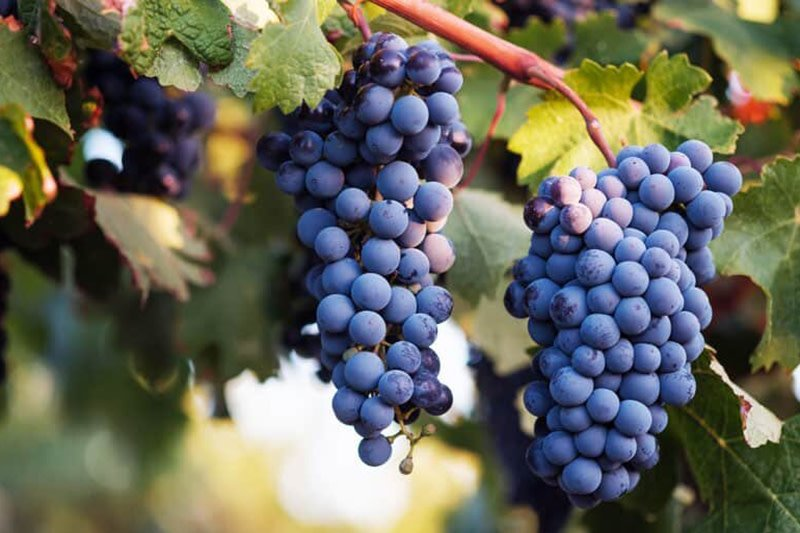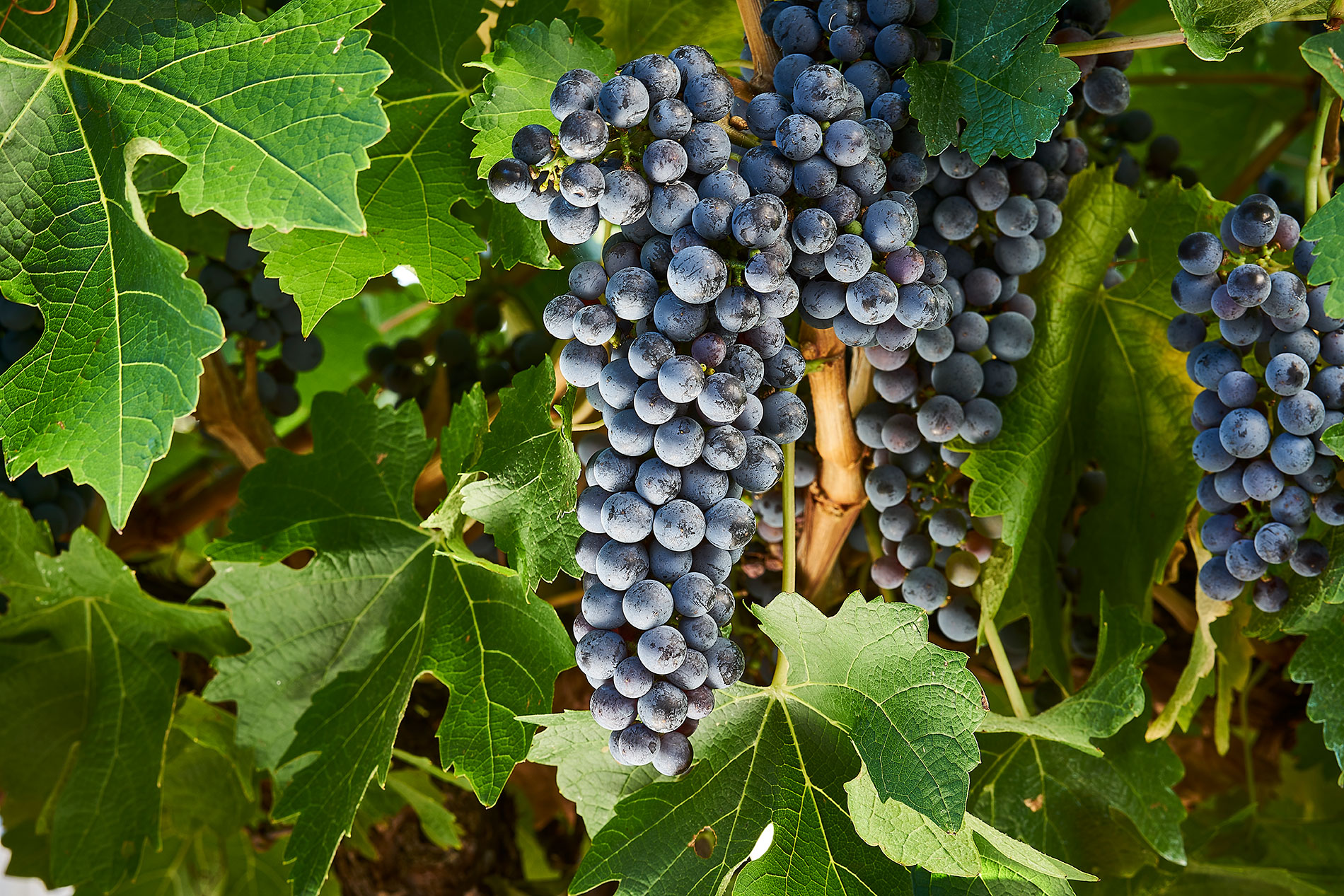When it comes to wine, the world of varietals is as diverse as it is delightful. Each grape brings something unique to the table, influencing the flavor, aroma, and overall experience of the wine. Whether you’re casually sipping or seriously studying, recognizing the nuances between different wine varietals can enhance your appreciation for what’s in your glass. Let’s see how well you can identify some of the most popular wine varietals—without peeking at the label!
1. The Classic Crowd-Pleaser: Chardonnay
Recognized worldwide, Chardonnay is often the first varietal that comes to mind for many wine enthusiasts. This grape is highly versatile, producing wines that range from crisp and citrusy to rich and buttery. Can you tell a Chablis from a Napa Valley Chardonnay? It’s all in the terroir and winemaking style. Look for hints of green apple, lemon, and sometimes a whisper of oak.

2. The Elegant Red: Pinot Noir
Pinot Noir is the delicate darling of the red wine world. This thin-skinned grape is notorious for being difficult to cultivate, but when done right, it results in a wine that’s light, elegant, and full of complexity. Expect flavors of red berries, cherries, and a subtle earthiness. Think you can distinguish a Burgundy Pinot Noir from one produced in Oregon? It’s a challenge for even the most seasoned tasters.

3. The Bold and Spicy: Syrah/Shiraz
Depending on where it’s grown, Syrah (or Shiraz, as it’s known in Australia) can express itself in a multitude of ways. In cooler climates, it leans toward a peppery, earthy profile, while in warmer regions, it bursts with bold, fruity flavors and a touch of spice. Identifying a Syrah from the Rhône Valley versus an Australian Shiraz could test your palate’s perception of spice and fruit.

4. The Versatile Vino: Sauvignon Blanc
Sauvignon Blanc is the grape behind some of the world’s most refreshing white wines. It’s famous for its zesty acidity and vibrant flavors, often showcasing notes of citrus, green apple, and herbs. Can you pick out a New Zealand Sauvignon Blanc with its signature gooseberry and grassy notes, or perhaps a more restrained Sancerre from France? It’s all about the brightness and balance.

5. The Robust Red: Cabernet Sauvignon
If there’s one red wine that’s synonymous with power, it’s Cabernet Sauvignon. This varietal is known for its deep color, strong tannins, and flavors of blackcurrant, cedar, and tobacco. From the iconic Napa Valley Cabs to the structured, age-worthy bottles of Bordeaux, recognizing the subtleties between them requires a keen sense of taste and a bit of experience.

6. The Aromatic Gem: Riesling
Riesling is one of those wines that can be either sweet or dry, depending on where it’s made and how it’s vinified. Known for its high acidity and pronounced aromas of citrus, stone fruits, and sometimes petrol, Riesling is a true chameleon. Spotting a German Riesling versus an Alsace Riesling might come down to noticing the level of sweetness or the intensity of the minerality.

7. The All-Rounder: Merlot
Often overshadowed by its more robust counterpart, Cabernet Sauvignon, Merlot is a grape that can stand on its own. It’s known for its soft tannins and approachable fruit flavors, making it a favorite among many wine lovers. Could you distinguish a Merlot from Bordeaux’s Right Bank with its plush, plum-driven profile, or would you be swayed by the smoother, more chocolatey notes of a California Merlot?

Ready to Test Your Skills?
Think you’ve got what it takes to identify these varietals? Whether you’re sipping on a glass tonight or attending your next tasting event, remember that each grape tells a story. The more you explore, the more you’ll discover how these varietals express themselves across different regions and styles. Cheers to expanding your wine knowledge—one glass at a time!
Expand your wine knowledge by tasting the Weingut Heymann-Lowenstein Stolzenberg GG 2018, a stellar example of how Riesling can be both sweet or dry, depending on its origin and vinification. This German dry Riesling is known for its crisp acidity and vibrant citrus notes.
Or explore the Domaine de l’Abbaye de Santenay Champs Claude Santaney Rouge 2018, a Burgundy red made from Pinot Noir. It highlights the elegance and complexity that this varietal is known for, with a balance of red fruit and earthy undertones typical of Burgundy wines.

About the Author
Joseph Luk is the founder of Cuvees.com (12 Bottles Company Limited), established in 2009, where he passionately curates unique wines, sakes, and spirits from around the world. In addition to his work at Cuvees.com, he manages 13 Degrees Wine Cellars, where he manages the storage solution for wine collectors. Joseph is dedicated to sharing his knowledge and love for beverages with a broader audience. When he’s not exploring the latest trends in the beverage industry, you can find playing tennis or listening to Audible. You can find him on LinkedIn.








